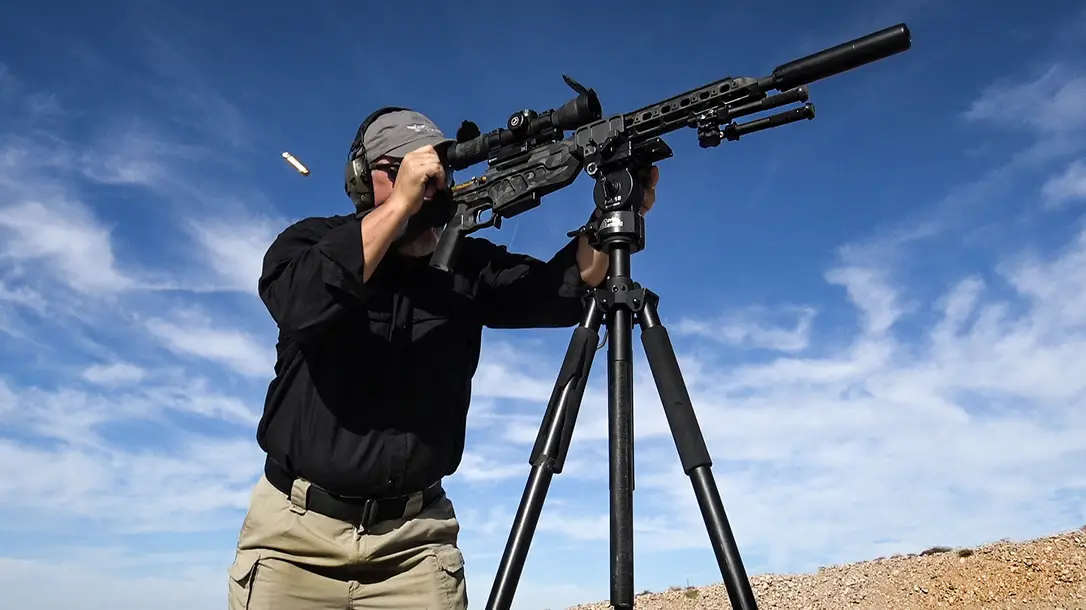Long-Range Precision Shooting (LRPS) is a discipline that demands a blend of technical skill, patience, and attention to detail. For many, the allure of hitting targets at great distances is irresistible, but the journey to proficiency is fraught with potential pitfalls. Newcomers often make mistakes that can hinder their progress and dampen their enthusiasm. From choosing the right equipment to understanding the nuances of ballistics, each step requires careful consideration and practice. Read on as we dive into the top 10 long-range shooting mistakes people make when getting involved in LRPS, offering insights and tips to help beginners navigate the ins and outs of this challenging yet rewarding hobby. To help you succeed in this arena, we need to look at some long-range shooting mistakes
10 Common Long-Range Shooting Mistakes From New Shooters
1. Choosing the Wrong Gear
Perhaps the most obvious way things can head south is by choosing the wrong gear. Whether it be an inadequate rifle, inconsistent ammunition, sub-par optics, or a myriad of other things, shooters will soon find themselves quite frustrated as they struggle on the range. There are plentiful options on the market in all product categories capable of getting you out to 800-1,000 yards or more, with no need to go into debt to purchase what you need.
Make a list of qualities you seek in your equipment, for example, bolt-action rifle with adjustable cheek riser, clear riflescope with MIL adjustments and markings for windage holdovers, match-grade ammunition with brass cases that can be reloaded, and supportive bipod with feet that will grip the surface of a shooting bench. Once you determine what you deem important, then begin your search. Researching equipment instead of simply buying what others suggest on the forums will save you not only a headache but many dollars as well!
Advertisement — Continue Reading Below
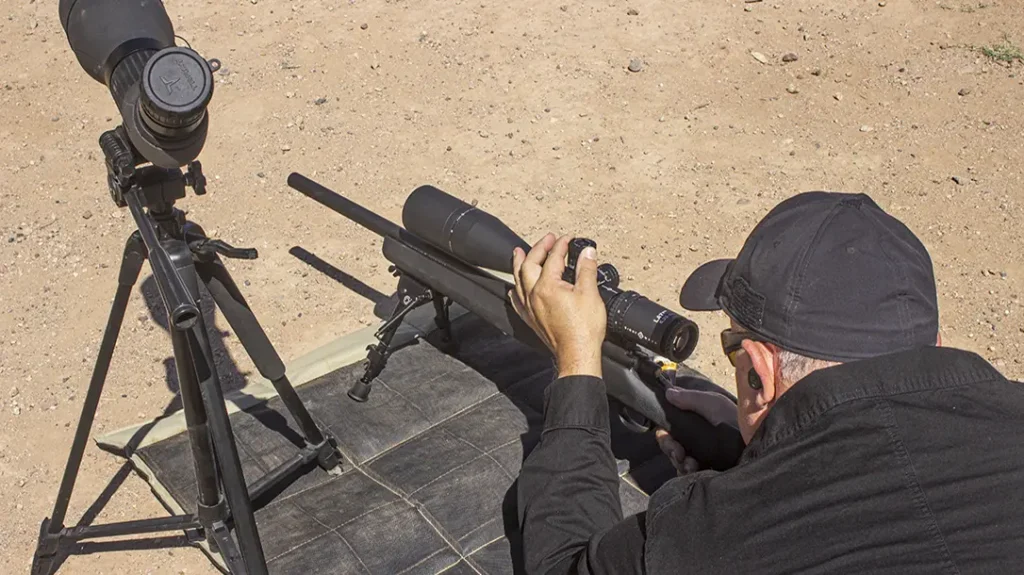
2. Not Keeping Sufficient Records
Remember taking notes in school so you’d be prepared for an upcoming test? Treat your range sessions the same way. Whether you’re buying ammunition or loading your own, recording detailed dope on your rifle serves as an invaluable resource for as long as you have that particular rifle. Additionally, you will be able to re-zero your rifle based on environmental and geographical data quickly, with a quick shot or two for confirmation, as long as you stuck with the same ammunition/components. Information you will want to keep a record of are date, temperature, location, wind, ammunition being used, rifle/optic combo, and other factors that could affect your bullet’s flight.
3. Improperly Mounted Optics
When you have tight groups at the beginning of your range session, but things seem to be widening up the more you shoot, there is a common culprit that could be at play. Improper scope mounting can go unnoticed fairly easily, but if you find yourself racking your brain trying to figure out why your shots are no longer grouping nicely, check your optics. Did you torque the rings to manufacturer specifications? Did you apply Loctite to all screws on the rings/mount before tightening down? Is the scope level within the mounting hardware? All of these and more are areas where things can go wrong. Take your time during the mounting process to ensure your optics are level and secure.
Advertisement — Continue Reading Below
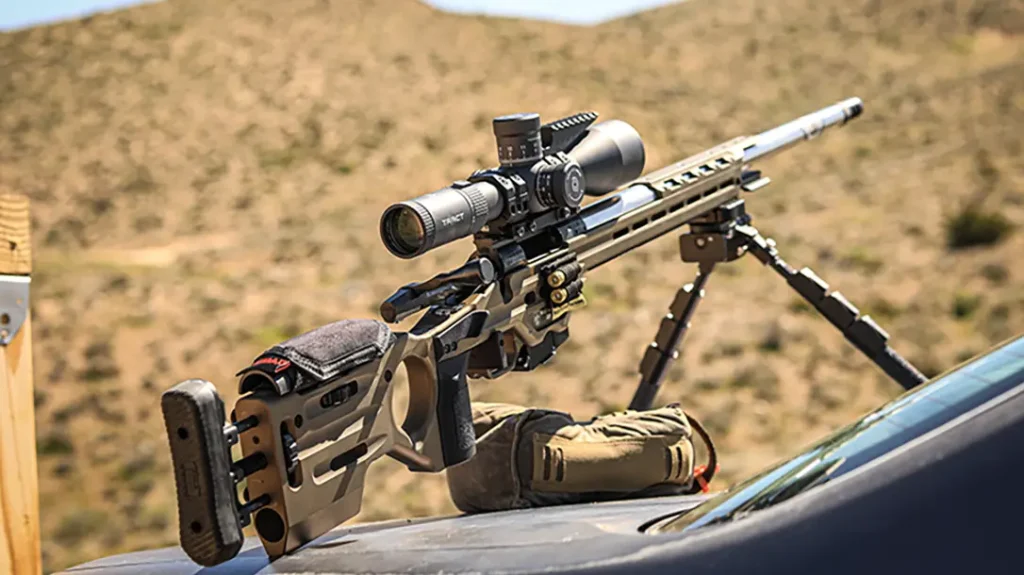
4. Underestimating Effects of Environmental Conditions
Environmental factors such as wind, temperature, humidity, and elevation changes play a significant role in bullet trajectory. Those just starting on their long-range journey often underestimate the importance of these factors, leading to poor shot placement. Having a basic knowledge of how wind, temperature, elevation, and more affect a bullet’s flight will provide a solid base on which to grow your skills. Begin by building a dope book for each of your rifles, recording important data during each range session. This will help you to compare, for example, how your rifle/ammo combination performed in the cool of January versus the heat of July. You will see trends begin to form and will be able to adjust accordingly.
5. Poor Shooting Fundamentals
As an instructor, I’ve heard more times than I would have liked someone utter “Oh, I’ve been shooting for 20 years, I don’t need to take a basic rifle course.” Whether you are new to the world of firearms or a self-declared expert, there is always room for improvement. And just because you’ve been shooting since you were old enough to bear the weight of a gun doesn’t mean you’ve been doing it right all these years. Without a solid foundation, your experience shooting long-range will be fraught with frustration. Trigger control, breath control, follow through, proper shooting stance and more are just a few of the skills everyone needs to practice and become sufficient with before reaching out to distance.
Advertisement — Continue Reading Below
6. Misunderstanding Ballistics
Another common issue is misunderstanding ballistics. A thorough understanding of external ballistics, such as bullet drop and wind drift, is vital, but many beginners fail to give these topics the attention they deserve. Even more so, newcomers may hear terms like “gyroscopic drift” and “ballistic coefficient” and while having no clue what they mean, simply disregard them instead of asking for clarification from a fellow shooter. Just like understanding environmental factors is essential to seeing the bigger picture of how those items affect your shots, the same is true for ballistics.
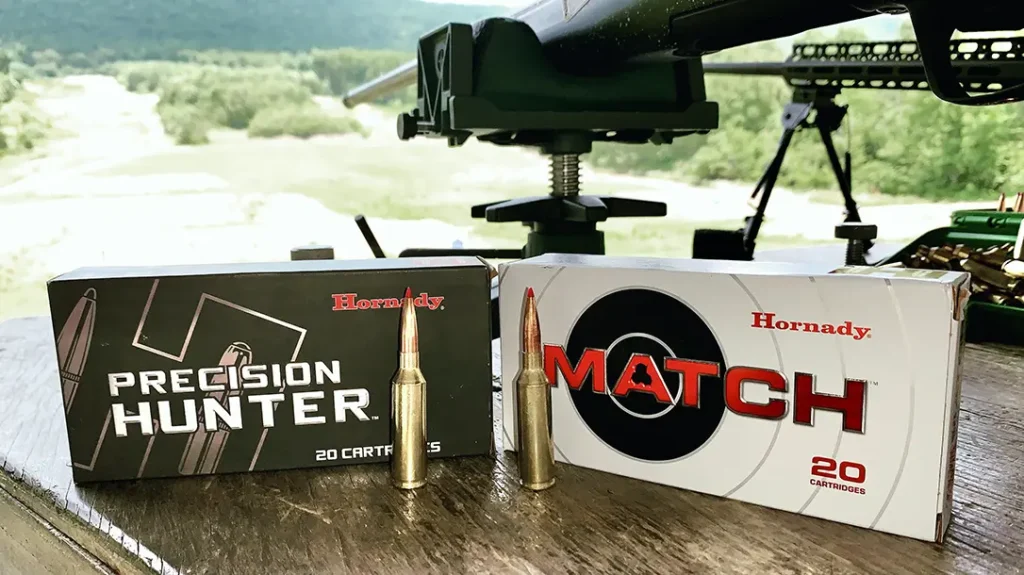
7. Inconsistent Ammunition
Inconsistent ammunition use is another issue. Variations in bullet weight, shape, and powder loads can lead to inconsistent performance, making it essential to use consistent ammunition. If you purchase ammunition from your local retailer or online, note the lot number in your dope book. By sticking to rounds from the same lot, you will ensure the most consistent performance possible out of boxed ammunition. Look for “match-grade” ammo as these rounds are typically manufactured to tighter tolerances to ensure top performance. Essentially, the same goes for reloading as well. Sticking to the same lot number for each of your components will go a long way in ensuring consistency. For those diving down deep into the reloading rabbit hole, you can even do things such as weighing your brass into similar weighted lots before loading.
Advertisement — Continue Reading Below
8. Not Maintaining Your Gear
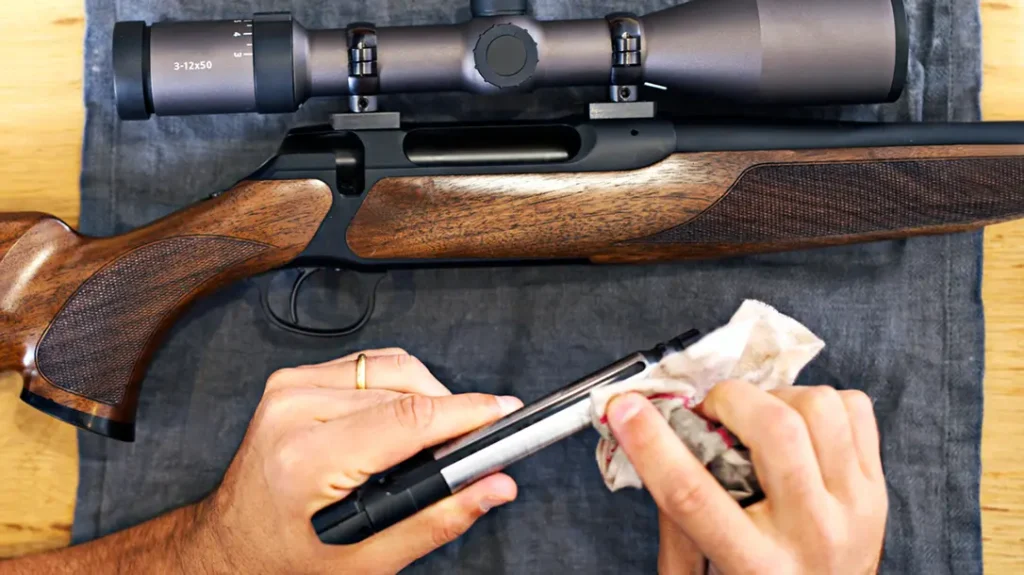
Neglecting equipment maintenance can also result in decreased accuracy and reliability. Let’s face it… cleaning guns is not fun, and there are other things you would rather be doing than finding yourself elbow-deep in Hoppes on a Saturday night. Maintaining your gun is critical to ensure reliable, safe, and consistent performance. Maintenance isn’t just limited to cleaning… proper storage, transportation, and more all play a factor in responsible gun ownership. You worked hard to earn the money to purchase your equipment, don’t let that money go to waste because you chose to be irresponsible.
9. Shooting From an Unstable Platform
Using inadequate rests or bipods will put you on the fast track to inconsistency and ultimately miss after miss. Whether you are using a bipod, bag, or other type of rest, it must be one that can sufficiently support the weight of your rifle. Additionally, the rest must remain stationary during the firing process. If you are using a bag or similar item to rest your gun upon, you mustn’t rest your barrel directly on it, as this will have a negative effect on barrel harmonics.
Advertisement — Continue Reading Below
10. Poor Attitude & Unwillingness to Learn
Lastly, a lack of patience and practice is a common mistake. Long-range precision shooting requires patience and consistent practice, but many beginners expect immediate results and become frustrated when they don’t achieve precision quickly. A willingness to learn from mistakes and a commitment to continued practice are essential for improvement. There is always something new to be learned or improved upon, regardless of age or experience level. Talk with fellow range-goers and don’t be afraid to ask questions.
